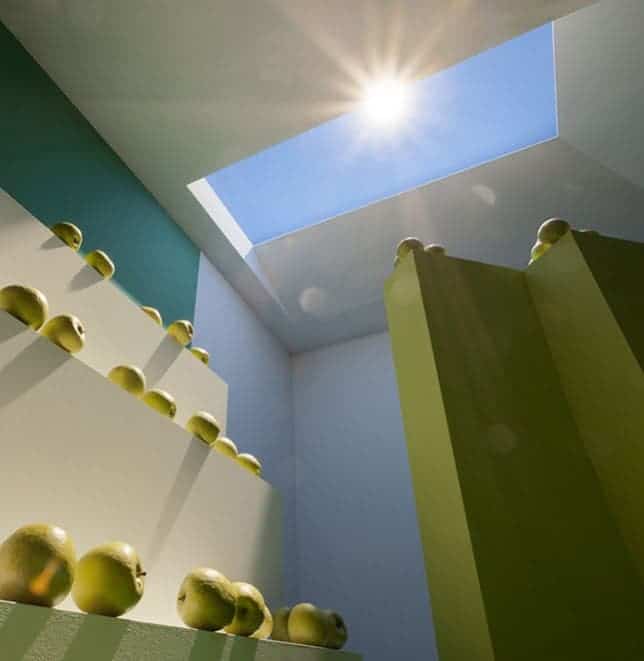
In many ways, society was transformed by the advent of the light bulb. Suddenly, people could now stay up late, work, study, or enjoy each other’s company without being at the mercy of the sun.
But a side effect is that our bodies’ natural wake/sleep patterns have been considerably altered. Artificial light is not at all like natural sunlight. The sun’s life-nurturing rays are known to have a significant impact on our health and mood. However, this may all change thanks to phenomenal improvements in lighting technology.
Scientists in Italy have developed a remarkable LED-based lighting system that mimics natural sunlight. In many ways, it is like a miniature, low-input LED sun.
Some of these images speak for themselves. They are not altered or processed.
Indoor lighting that mimics sunlight: now a reality
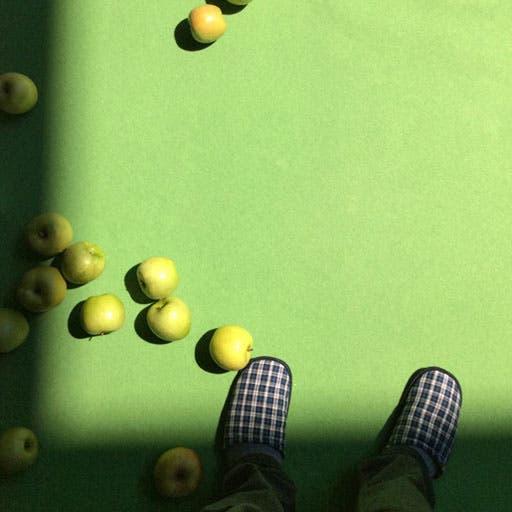
The sunshine we love to greet each morning isn’t at all like the raw radiation emanating from the sun. In between the outer atmosphere and Earth’s surface, the solar radiation is altered through a process known as Rayleigh scattering.
Sunlight is made up of various colors of light, including red, orange, yellow, green, blue, indigo, and violet. Each color has a different wavelength, with red having the longest and violet having the shortest.
When sunlight enters Earth’s atmosphere, the blue and violet light waves get scattered in all directions by the particles in the air. This scattering process causes the blue light to spread out in all directions, giving the sky its blue appearance. It’s like a cosmic game of billiards, where the particles in the air bounce the blue light waves around, making them fill the entire sky.

Meanwhile, LED lights emit light within a narrower spectrum, which can vary depending on the specific LED technology used. While advancements in LED technology have improved color accuracy and expanded the available color options, most LEDs struggle to reproduce certain colors with the same fidelity as sunlight.
This is where CoeLux‘s amazing LEDs come in, which mimic natural sunlight. The key innovation lies in a thin coating of nanoparticles that simulate Rayleigh scattering. Miles worth of atmospheric scattering has now been replicated within a few millimeters of space between the coating and the LED white light source.
Professor Paolo Di Trapani of Italy’s University of Insubria is the mastermind behind the 10-year-long project. By tweaking the shape, size, and aspect ratio of the nanoparticles, Trapani’s team was able to replicate the properties of natural light, including color, saturation, and light quality.
The result is spectacular — a LED light that looks like a skyline!
Artificial sunlight
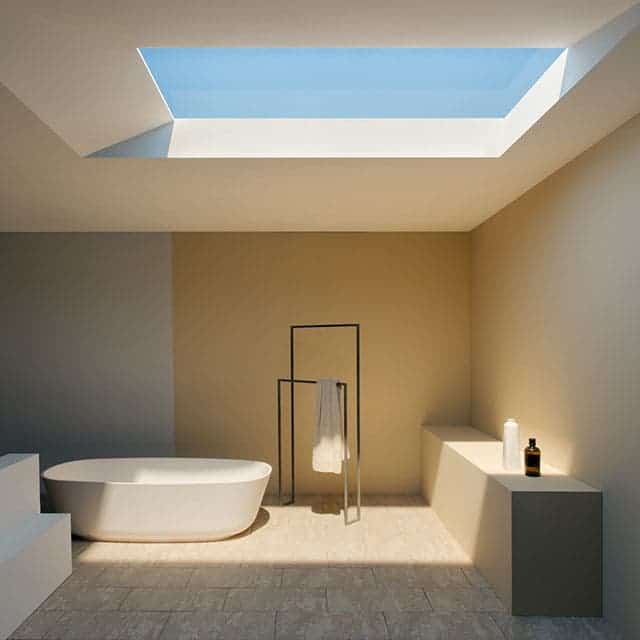
According to CoeLux, the produced light is indistinguishable from natural light to humans, cameras, or computers alike. I’m as skeptical as you are, but allegedly all of these photos are unaltered.
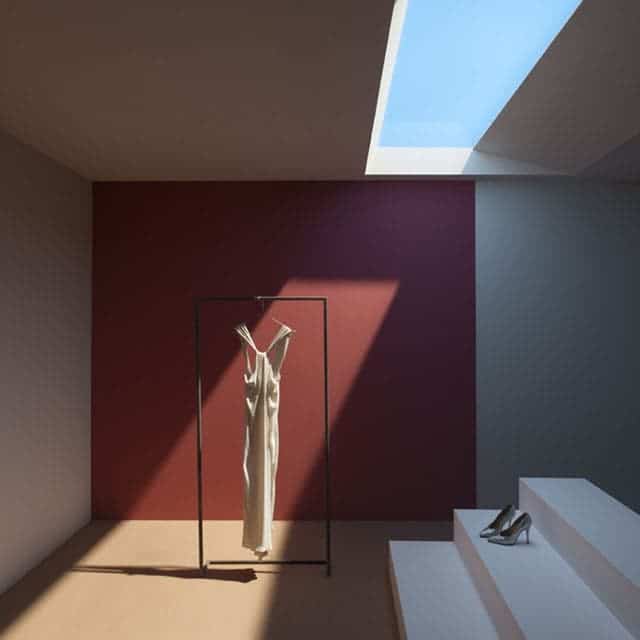
If you’re interested in adding something like this to your home, you can choose from three lighting settings: Mediterranean, Tropical, and Nordic. They are also working on additional offerings, including simulated daytime sequences (sunrise through sunset) and color variations to reflect different kinds of weather conditions.
At a few tens of thousands of dollars per installation, this might be a bit stiff for the average buyer. Nevertheless, this is extremely impressive and once the pricing goes down, indoor lighting might be transformed forever.
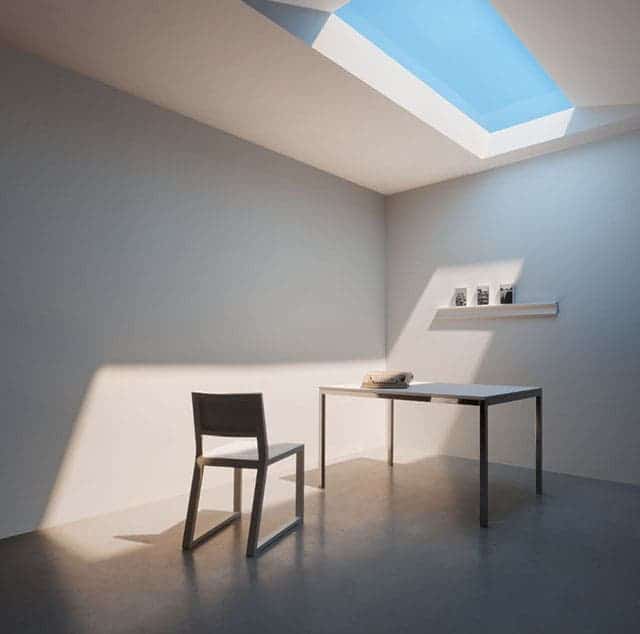
Lights that mimic sunlight
While the CoeLux system may prove too expensive for most households, there are other options you can look into. In this short selection from Amazon, you can find some good options for more natural, warm light that improves sleep and focus.
Check out Prof. Trapani’s explanation of how the system works below.







